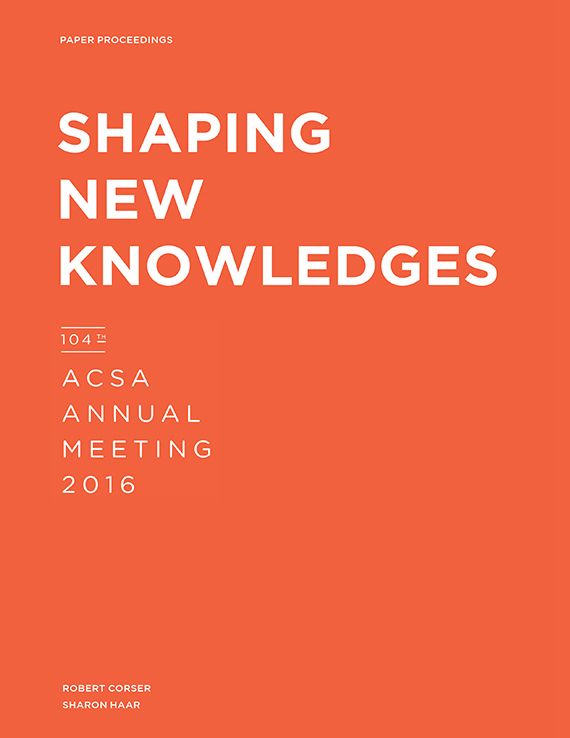Author(s): Luc Phinney
In a method displaying remarkable adaptability, a man at the turn of the last century built aseven-story reinforced concrete museum in less than a year with one horse and ten laborers.Concrete does not lend itself to speed. More significantly for this paper, concrete is rarelyemployed in architectural processes as flexible or adaptable—as plastic—as their materialresult might suggest. On the contrary, concrete construction often calls for greater attentionto tolerances, specifications and construction sequence: that is, for greater control,than alternate materials and methods. Despite many of the claims made in the foment ofearly modern hyperbole, concrete construction is typically not a plastic affair. Every corner,gap, and detail must be drawn and calculated, measured and laid out, and built on site informwork before the “plastic” material flows in to take its eventual shape. In this the mostmonolithic, most seemingly-sculptural of materials is in practice one of the least, oftenrequiring more complex carpentry than similar forms executed in wood, and more intricatepatterning of metal ties and connectors than similar structures made of metal. Concrete maybe the most difficult material commonly used in contemporary construction; certainly, it isone of the hardest to predict.
Volume Editors
Robert Corser & Sharon Haar
ISBN
978-1-944214-03-6

 Study Architecture
Study Architecture  ProPEL
ProPEL 
